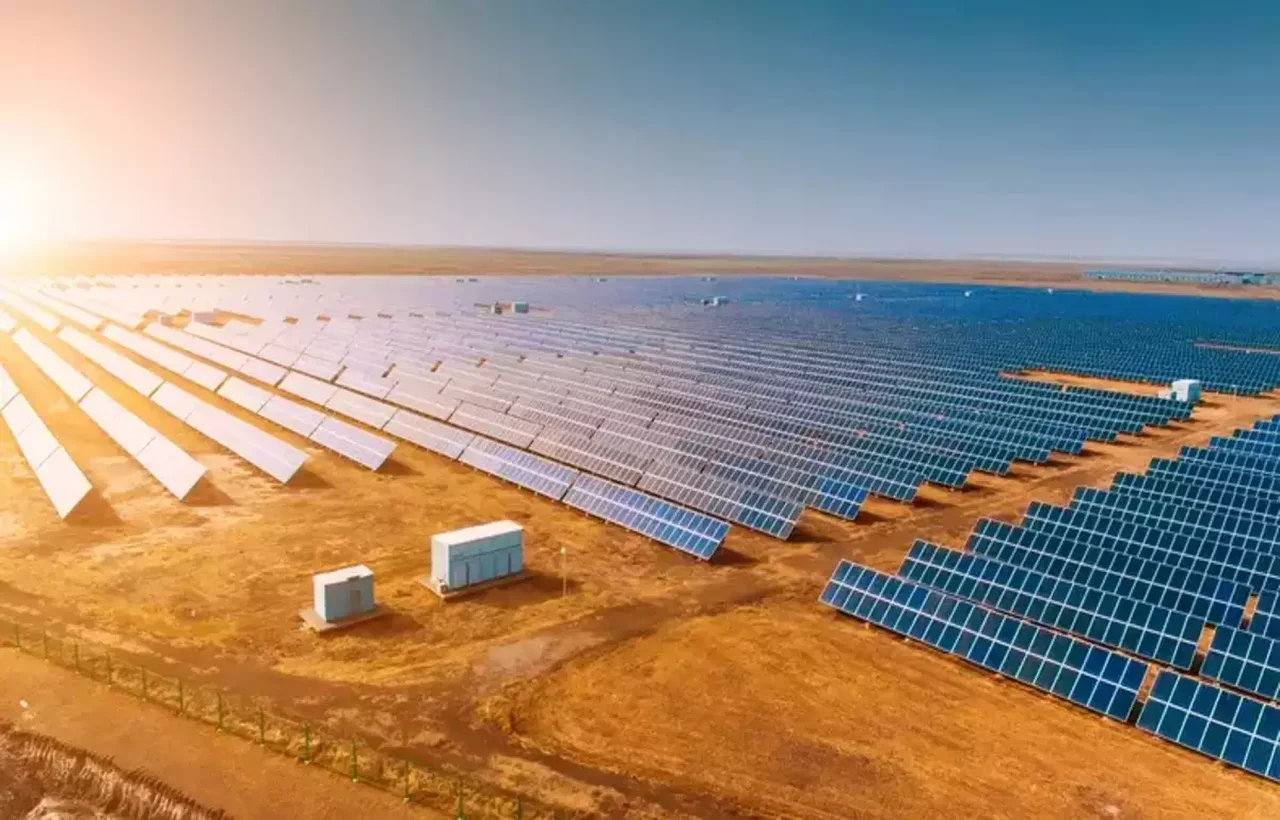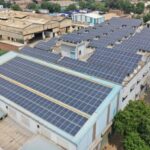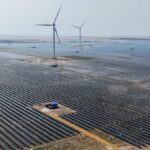A Leap in Manufacturing Power
India’s renewable energy sector has seen unprecedented growth, with 25 GW of renewable energy capacity added in the fiscal year 2024-25, a 35% increase over the previous year. Solar energy led this expansion, with capacity additions jumping from 15 GW in FY 2023-24 to nearly 21 GW in FY 2024-25, pushing India’s total installed solar capacity beyond the 100 GW mark.
This growth is largely driven by strategic policies and investments. The Production Linked Incentive (PLI) scheme, which attracted $4.8 billion in investments, played a crucial role in boosting domestic manufacturing. The scheme also generated direct employment for over 11,650 individuals.
Additionally, India’s first ingot-wafer manufacturing facility, with a capacity of 2 GW, commenced production in FY 2024-25, further strengthening the country’s solar supply chain.
Rooftop Solar Shines Bright
Beyond large-scale manufacturing, residential solar adoption has also surged. The PM Surya Ghar Muft Bijli Yojana, a government-backed subsidy scheme, has enabled over 1.1 million households to install rooftop solar systems.
By March 31, 2025, approximately $653 million in subsidies had been disbursed to 698,000 families. This initiative is making solar energy accessible to a wider population and promoting energy independence at the household level.
A Global Player in the Making
India’s rapid solar expansion has positioned it as a leading player in the global renewable energy market. Union Minister Prahlad Joshi has called this achievement a “testament to Prime Minister Modi’s vision.” With 74 GW of module capacity and 25 GW of cell production, India is on track to become a top contender in the clean energy sector, potentially ranking third worldwide.
The growth from 38 GW to 74 GW in just one year highlights India’s serious commitment to sustainability and energy security. The country’s goal of achieving 500 GW of non-fossil energy by 2030 now seems more attainable than ever.
While this milestone is remarkable, there is still much work to be done. Scaling up production, reducing costs, and further expanding rooftop solar will be key to maintaining momentum. The next steps involve continued policy support, technological advancements, and increased private sector participation.
India’s solar future is brighter than ever. As the country moves forward in its clean energy journey, all eyes will be on the next big leap.


